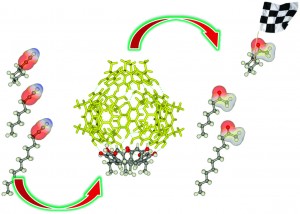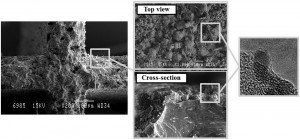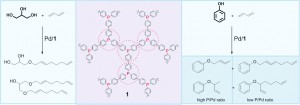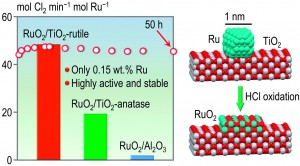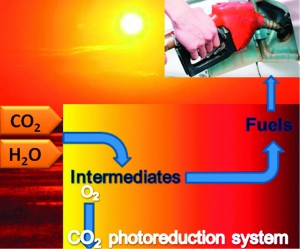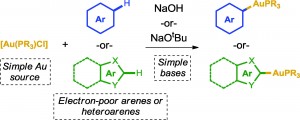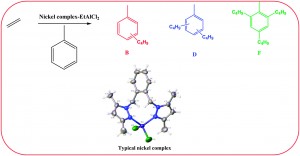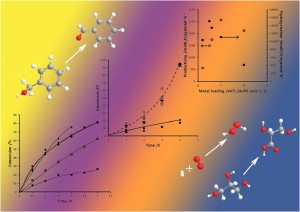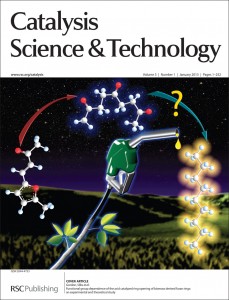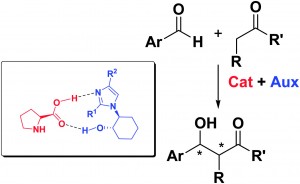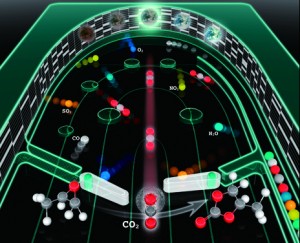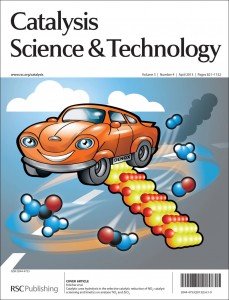 |
We are delighted to announce that Catalysis Science & Technology will be publishing two themed issues focusing on environmental catalysis in 2014. We welcome your submissions, so read on for details:
Catalytic Conversion and Use of Carbon Dioxide for Value-Added Organics–deadline 1st December 2013 Sustainable Catalytic Conversions of Renewable Substrates–deadline 11th February 2014 |
Issue scopes
Catalytic Conversion and Use of Carbon Dioxide for Value-Added Organics
Guest edited by Professor Arjan Kleij, this issue will highlight developments in the field of catalytic conversion and use of carbon dioxide into higher value organic compounds.
Sustainable Catalytic Conversions of Renewable Substrates
Guest edited by Professor Yuriy Román-Leshkov and Professor Pieter Bruijnincx, this issue will contain contributions on topics related to catalytic biomass conversion methods, including homogeneous, heterogeneous and enzymatic processes.
Want to submit?
All types of manuscript—communications, full papers, Minireviews and Perspectives, will be considered for publication. The manuscript should be prepared according to our article guidelines and submitted via our online system.
All manuscripts will be subject to the normal refereeing procedure and inclusion in the themed issue will be at the discretion of the Guest Editors. Please indicate in your submission that you would like the manuscript to be considered for this themed issue.












